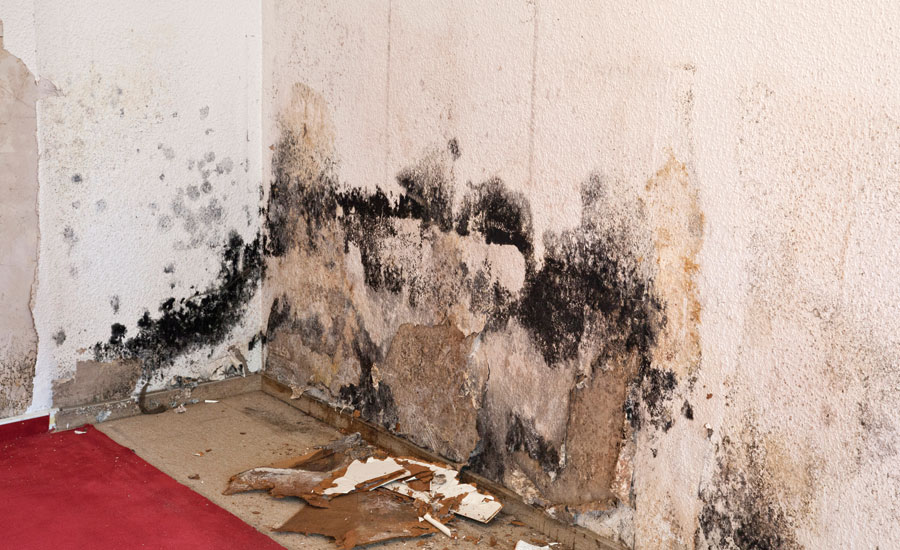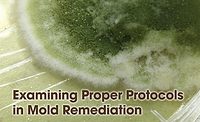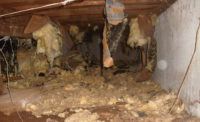Restorer's Perspective: How to Lose Your Money, Sanity, and Credibility in One Mold Project
Let ERMI Determine When You Get Paid

Usually mold testing is done with an inspection plus air and/or tape sampling. In recent years, our industry has seen a new method of mold testing – Environmental Relative Moldiness Index (ERMI) and sometimes it’s cousin HERTSMI-2.
Where Did ERMI Come From?
- The EPA went into 1,096 homes,
- One 3’x6’ square was taped off in the middle of the master bedroom floor and a second square on the living room floor,
- Each square was vacuumed for 5 minutes,
- The results were averaged to create ERMI scores from -10 to +20 with less than 0 being ideal.
The clients bearing ERMI scores are usually mold sensitized or diagnosed with Chronic Inflammatory Response Syndrome (CIRS). They’re a small percentage of your client base but they typically have larger projects and take mold very seriously. It’s common to HEPA sandwich their entire house and throw away all their porous contents. However, it’s easy to get in over your head. Why? Mold doctors are telling mold sensitized patients their home must have an ERMI of 0 or less before they can start treatment. There are two major unintended consequences:
1. Comparing Apples to Oranges
Patients are doing their own ERMI testing but take the samples improperly due to poor instruction. Many labs are:
- Sending people a “dust collection cloth” (aka Swiffer) to take ERMI samples.
- Instructing people to wipe the tops of door frames, baseboards, fan blades, dusty corners, etc… until the cloth is visibly dirty.
A regular dust wipe sample should not be scored by the ERMI scale. There is no known conversion factor.
2. An Impossible Remediation Goal
Clients want me to get them that low ERMI score. But I can’t for at least a month after remediation. Why? The cleaner I make a house, the worse the ERMI score gets.
An ERMI score is a ratio between “good” mold spores and “bad.” My HEPA vacuum doesn’t know the difference between mold spores so it sucks them all out. Did the ratio go down? No. Sometimes it even gets worse. For a deeper understanding, read Michael Pinto’s excellent article, “ERMI for Post-Remediation.” The house needs one to 12 months of gathering regular dust, which contains “good” mold, before the ERMI score will decrease.
My Policies
When I have a mold sensitized client who talks about ERMI, I spend at least four hours educating them. They’re typically stressed, emotional and suffering. There’s too much riding on the line to let them get their guidance from internet forums. While the forums are filled with people who mean well, they’re not pros, they’re not experienced and they’re not onsite.
I have four policies that keep me out of trouble:
- I send them a copy of Pinto’s ERMI article mentioned above.
- I don’t consider their pre-remediation ERMI score unless they collected it correctly. Which so far has been a whopping total of zero.
- I require they hire a top-notch IEP, very familiar with mold sensitivity, to write a protocol and conduct the post-remediation verification (PRV) testing.
- Most importantly, I never agree to ERMI being part of the PRV. Ever.
Air and surface sampling works for most clients and projects. As mold gets more attention and less politicized, additional research and funding will create more standardization in our country. This will only help us and our clients. ERMI and HERTSMI-2 may be the answer but time will tell.
Looking for a reprint of this article?
From high-res PDFs to custom plaques, order your copy today!





